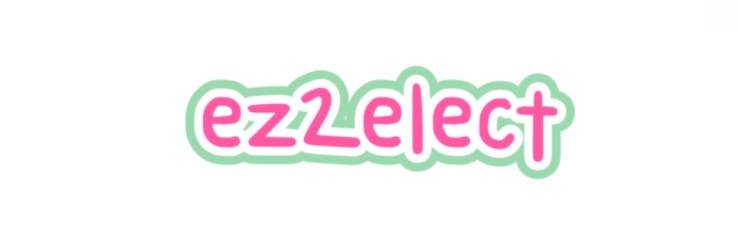Ultimate Guide to Fabric Thickness Tester Diagram Explained
Understanding the nuances of fabric testing is crucial for industries involved in textiles, manufacturing, and quality assurance. One essential tool in this process is the fabric thickness tester, a device that ensures consistency and quality in fabric production. This article delves into the structure and functionality of the fabric thickness tester diagram, and explores its relevance to various industries.
Are you interested in learning more about fabric thickness tester diagram? Contact us today to secure an expert consultation!
The Importance of Fabric Thickness Testing
A fabric thickness tester is indispensable in several sectors, including apparel manufacturing, upholstery, and textiles. The thick pattern of a fabric can significantly influence its performance, appearance, and durability. For instance, thicker fabrics may provide better insulation, while lighter fabrics may enhance breathability. Therefore, understanding how to read and interpret the fabric thickness tester diagram is essential for professionals in these fields.
Analyzing the Fabric Thickness Tester Diagram
The fabric thickness tester diagram typically includes various components such as the measuring head, pressure gauge, and platens. Each component plays a critical role in determining the thickness of a fabric sample accurately. The measuring head applies a specific pressure to the fabric, while the display shows the thickness measurement in millimeters or inches.
To utilize the fabric thickness tester effectively, one must be familiar with the diagram's layout. The diagram often includes labels indicating the calibration points, which are essential for ensuring the device’s accuracy. Understanding each part of the fabric thickness tester diagram can help technicians ensure they are measuring fabric thickness with precision.
Applications in Various Industries
Related articles:Key Benefits of Steel Wire Rope Testers Explained
In the apparel industry, for instance, garment manufacturers rely heavily on fabric thickness measurements to maintain consistent quality in their products. The fabric thickness tester diagram provides crucial data about the fabric's performance characteristics, allowing manufacturers to select the right materials for their designs. Understanding this diagram helps reduce waste and enhance production efficiency by ensuring that only the best fabrics are used in production.
In upholstery and furniture manufacturing, fabric thickness is equally vital. The fabric thickness tester helps ensure that the materials used for cushions, chairs, and other furniture pieces meet safety and durability standards. The fabric thickness tester diagram can guide manufacturers in making informed decisions about fabric selection, which can lead to superior finished products.
Quality control in textile production also benefits from this tool. By regularly referencing the fabric thickness tester diagram, quality assurance teams can monitor the characteristics of incoming materials and outgoing products. This helps in maintaining high standards and minimizing defects, thus protecting the brand’s reputation in a highly competitive market.
Emerging Trends in Fabric Testing
As technology evolves, we see emerging trends that influence how fabric thickness testing is conducted. Digital fabric thickness testers come equipped with advanced features that allow for faster and more accurate measurements. These devices often integrate with quality management systems, providing real-time data analytics, which enhances the decision-making process.
Additionally, the rise of sustainability in the textile industry means that companies are paying more attention to the types of materials they use. The fabric thickness tester diagram will likely incorporate new metrics that assess the environmental impact of fabrics. This will aid companies in aligning their production with sustainability goals while still adhering to quality standards.
In conclusion, the fabric thickness tester and its corresponding diagram are invaluable tools across multiple industries. Understanding the fabric thickness tester diagram not only enhances product quality but also contributes to operational efficiency and sustainability. As industries continue to innovate, staying informed about advancements in fabric testing will be crucial for anyone involved in textile-related fields.
Want more information on penetrability test for vial stopper? Feel free to contact us.
7
0
0

Comments
All Comments (0)